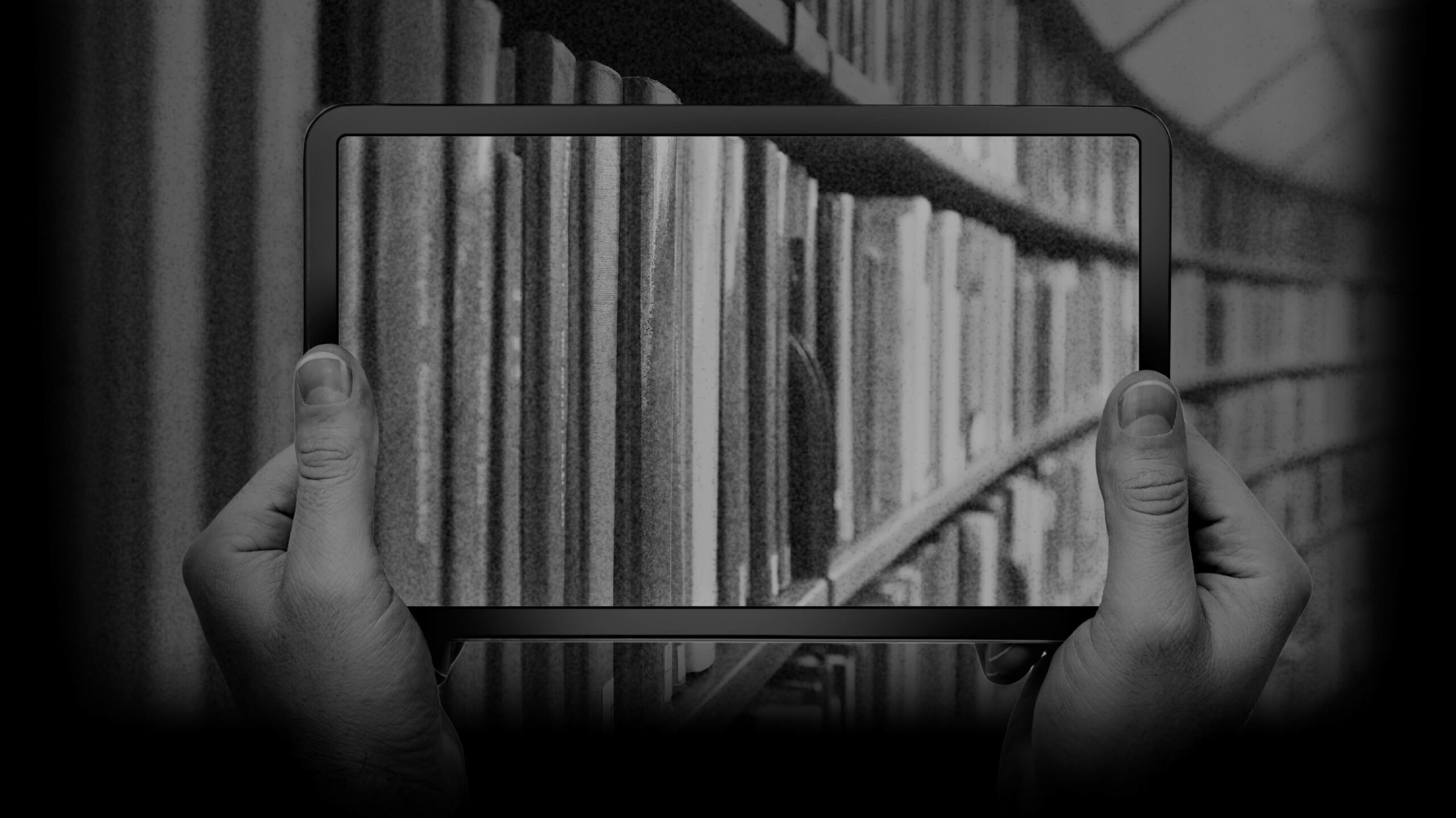
Search
Full Listing
2338 Library Entries
Clear
Search
| Type | Title | Year | Author | Links |
|---|---|---|---|---|
|
|
To Train Terrorists Onsite or Motivate via the Internet…That is the Question
View Abstract |
2020 | Siqueira, K. and Arce, D. | View Publisher |
|
|
Livestreaming the ‘wretched of the Earth’: The Christchurch massacre and the ‘death-bound subject’
View Abstract |
2020 | Ibrahim, Y. | View Publisher |
|
|
Social Media in Mali and its Relation to Violent Extremism: A Youth Perspective
View Abstract |
2020 | Vermeersch, E., Coleman, J., Demuynck, M. and Dal Santo, E. | View Publisher |
|
|
The Shift from Consumers to Prosumers: Susceptibility of Young Adults to Radicalization
View Abstract |
2020 | Sugihartati, R., Suyanto, B. and Sirry, M. | View Publisher |
|
|
The Virus of Hate: Far-Right Terrorism in Cyberspace
View Abstract |
2020 | Weimann, G. and Masri, N. | View Publisher |
|
|
The Social Structure of Extremist Websites
View Abstract |
2020 | Bouchard, M., Davies, G., Frank, R., Wu, E. and Joffres, K. | View Publisher |